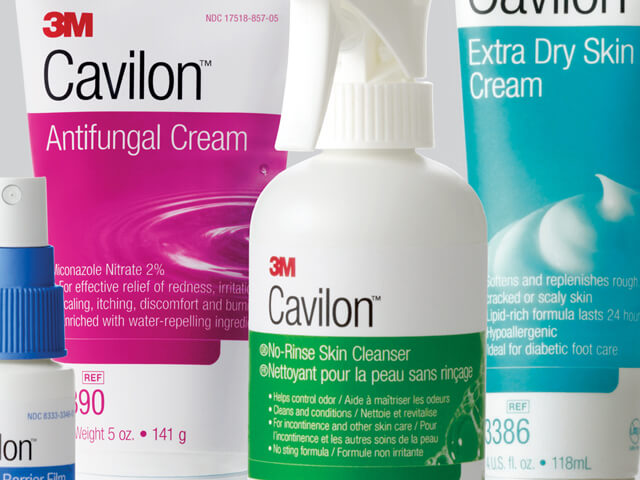The Role of Packaging in Brand Identity—Not Just for Consumer Brands
Packaging design is a critical component in building a brand’s image and identity. Anyone marketing to consumers already operates from this paradigm. The same holds true though for the commercial marketplace. Whether it’s a cosmetic product, or a 5-gallon pail of commercial paint, the packaging offers a huge opportunity to positively impact a brand’s image. But what we frequently hear from many business-to0business companies is, “the packaging doesn’t really matter, our customers place their orders via catalog”. Or in other words, they don’t need the package to sell the product on a retail shelf.
But selling is only one function that a package offers. In addition to selling, packaging serves four other purposes, all of which influence how a brand is perceived:
- Brand Identity Expression. If a product or brand is a leader in the industry or category, the design of the packaging—from sleek health & beauty products to utilitarian chemical drums— should reflect that position. High-quality printing, distinctive design that supports the brand strategy and unique materials can help engage users and differentiate a brand in today’s crowded markets.
- Relationship Building. Packaging is a core part of building a relationship between a brand and the end user, in some cases, long after the sale has been made. For example, packaging for products like toothpaste or commercial office supply products will impact how the brand is perceived every time the product is used. Is it aesthetically pleasing? Does the package make life easier (or more difficult)? A positive user experience can encourage loyalty and even increase the amount end users are willing to pay for a product.
- Communication. Good package design makes information easy to find. If necessary information is difficult to locate, read or otherwise use, the package is likely not living up to the expectation of the end user. Consider commercial cleaning products—the packaging doesn’t need to sell the product on a retail shelf. But it absolutely must communicate (frequently in more than one language) what the product is, how it’s different from other products in the line and how it should be used. Creating an experience with your brand that makes life easier and minimizes frustration will go a long way toward building loyalty.
- Selling. If your products are marketed through consumer channels, you know the package is your last opportunity to convince someone to buy your product. But when it comes to commercial packaging, the role of selling is more subtle—you’re selling the next purchase. If the primary package is one that end users interact with regularly, you have an opportunity to build favorability between your brand and the user every time they use your product.
- Protection. The appearance and condition of a product when it reaches the customer impacts their perception of your brand. If the package is torn, crushed or otherwise defective it won’t build confidence. This holds true whether it’s a box of cereal, can of fruit, tube of adhesive or a toner cartridge. And it’s especially important as we consider the repackaging and shipping of products sold online. So, in the quest to design unique packaging that stands out from the competition, it’s important not to sacrifice function for the sake of aesthetics. Both are critical.
Packaging design offers a unique opportunity in both the consumer and business-to-business markets to influence end user and customer brand perceptions. Leveraged to its fullest, it can work hard to create and maintain a brand’s competitive advantage.


